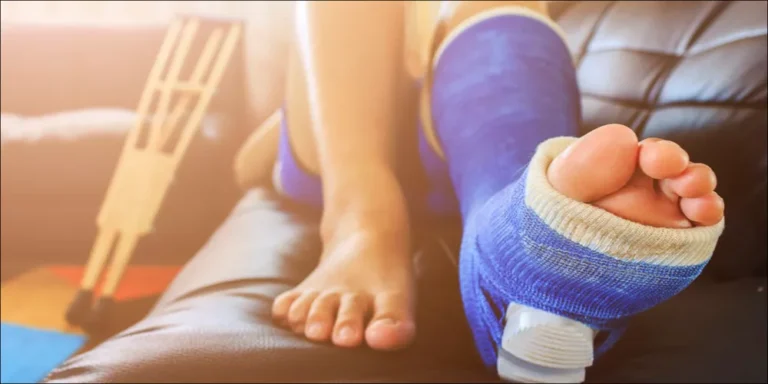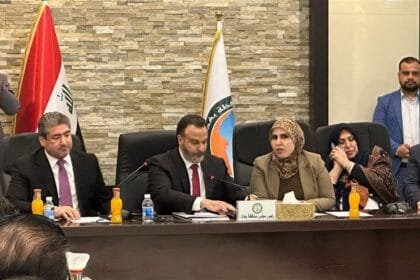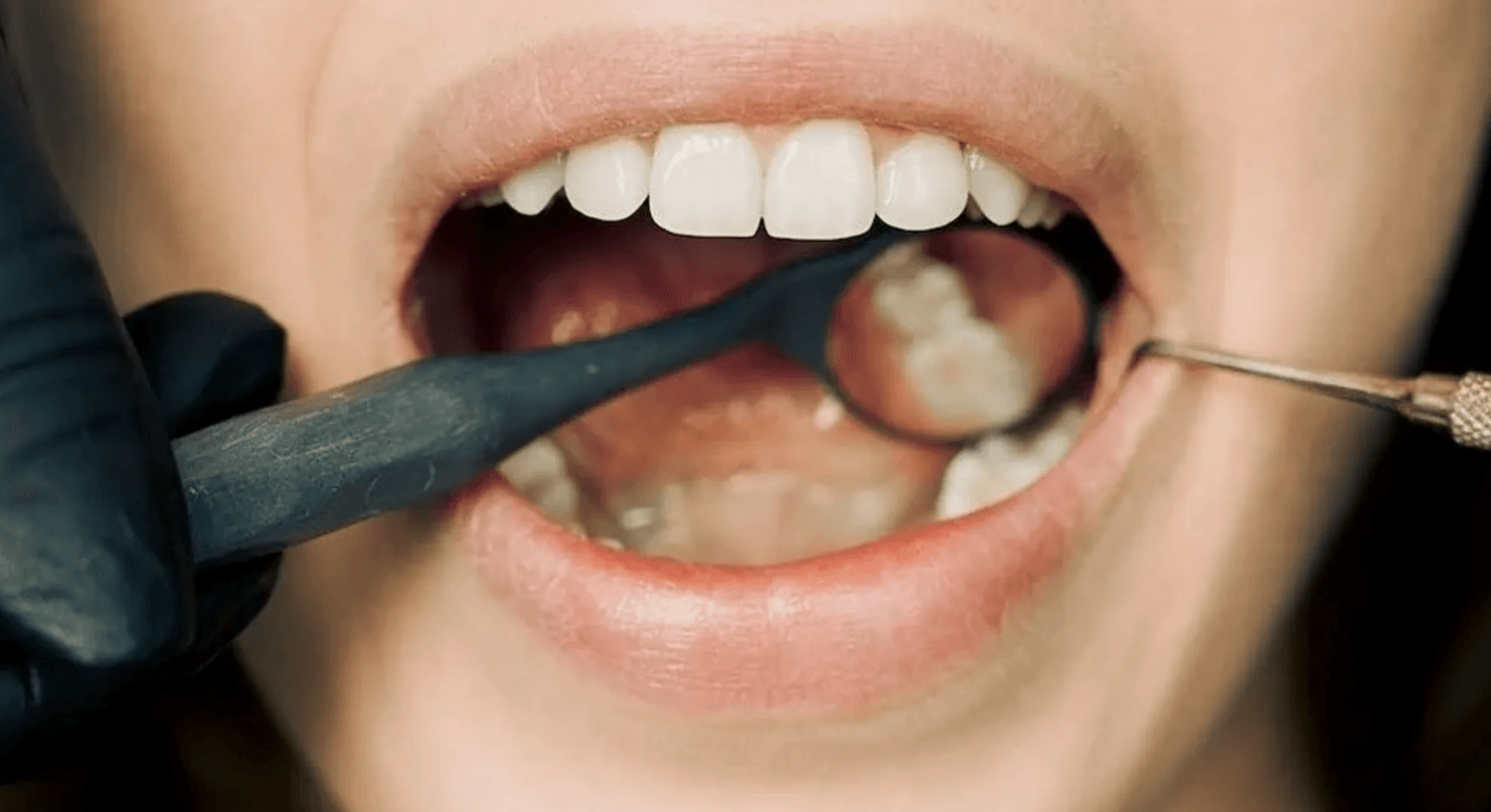Dubai, United Arab Emirates – Lower extremity lengthening surgery has witnessed remarkable development in recent decades.
It has moved from the scope of medical treatment for cases of dwarf shortness, congenital deformities, and accident injuries. Now, it extends to the field of plastic surgery that aims to increase height for aesthetic and psychological reasons.
This complex technique is based on the principle of biostimulation of bone growth through osteotomy (usually the femur or tibia).
An internal or external fixation device is then used. This device gradually separates the two ends of the bone at a slow and steady rate, not exceeding one millimeter per day.
This allows new bone tissue to form in the resulting space. This mechanism is known as “gradual tension”.
Despite its increasing successes, this surgery is considered one of the most complex and painful in the world of plastic surgery.
It also requires a strict commitment to a long recovery period that includes intensive physical therapy.
It may be accompanied by health risks that include chronic pain, nerve and joint problems, blood clots, and difficulties walking.
Despite the high cost and complications, plastic surgeons estimate that the number of men undergoing this surgery has doubled in recent years.

















